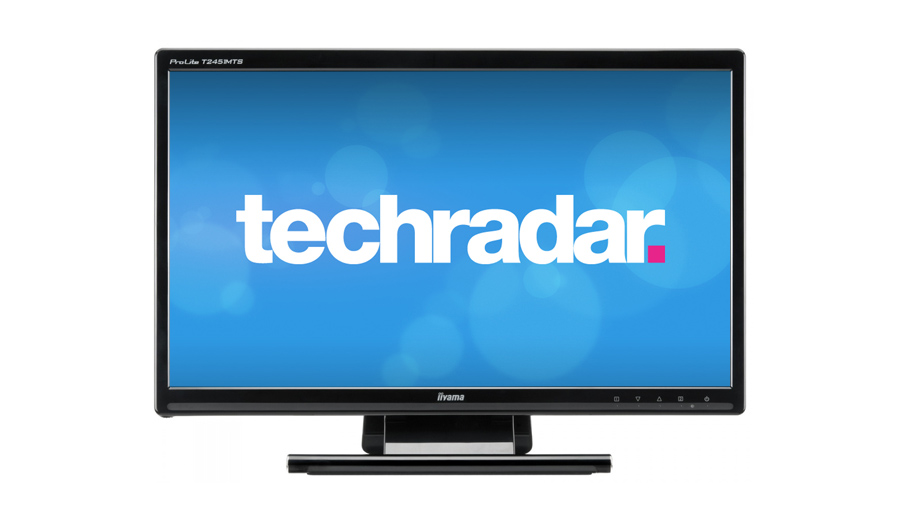Why high-DPI displays aren't coming to the PC
What's next for computer displays?

It's taken the marketing might of Apple to achieve it. But screen technology has finally entered the tech-buying public's consciousness.
Apple began bigging up the advantages of IPS screen tech with the introduction of the iPhone 4 and the iPad. Since then, everyone in the ultramobile market has been at it.
The upshot, as I've explained previously, is that IPS awareness jumped up and we saw the technology more broadly used in PC displays. Hurrah.
But that begs the question of whether PC displays can expect to follow other trends seen in the mobile market. The most obvious development here is ultra-high DPI (or dots per inch) panels.
This year, for instance, 1,920 by 1,080 pixels has become the norm for high end smartphones. Meanwhile, 10-inch tablets with 2,560 by 1,600 pixels are popping up, too.
For PC users, those numbers are pretty depressing. Currently, for PC monitors up to 24 inches, the norm is 1,920 by 1,080. At best you're looking at 1,920 by 1,200. You have to step up to 27 inches to get 2,560 by 1,440 and 30 inches for 2,560 by 1,600.
No chance of change
Unfortunately, this isn't going to change any time soon. So says the UK manager of Iiyama, one of the leading players in PC displays. The problem is that all the action and hence money is in mobile.
Are you a pro? Subscribe to our newsletter
Sign up to the TechRadar Pro newsletter to get all the top news, opinion, features and guidance your business needs to succeed!
"Both the consumer and small and home office markets for monitors are shrinking as people increasingly buy laptops and tablets," says Kilroy.
What's more, even if sales were static, there's more money in mobile panels. "Screen substrates are produced in long sheets. And you can cut more screens for tablets out of a single sheet than for monitors."
In other words, if you've just invested a bazillion dollars in a fancy new fab for making LCD panels, you're going to prioritise your output for the most profitable part of the market. And that's mobile.
Making matters worse, Kilroy says that there's currently little demand from buyers of PC displays for high-DPI panels. You could argue that ought to change as consumers become accustom to crazy high resolutions on their mobile devices.
But that's a relatively recent phenomenon and it will take time to feed through. Moreover, it's probably not enough on its own. The result is that high-DPI panels will remain the reserve of ultra-mobile devices for some time to come.
If you're looking for a shred of good news from all this, Kilroy does have a bone to throw erstwhile PC users. IPS panel technology is set to become even more widespread in PC monitors.
Kilroy reckons that within a few years, only the most extreme budget end of the market will continue to use TN. Of course, TN technology has improved massively in recent years, so that may not have the dramatic impact on image quality you might assume. Hey ho.
Technology and cars. Increasingly the twain shall meet. Which is handy, because Jeremy (Twitter) is addicted to both. Long-time tech journalist, former editor of iCar magazine and incumbent car guru for T3 magazine, Jeremy reckons in-car technology is about to go thermonuclear. No, not exploding cars. That would be silly. And dangerous. But rather an explosive period of unprecedented innovation. Enjoy the ride.